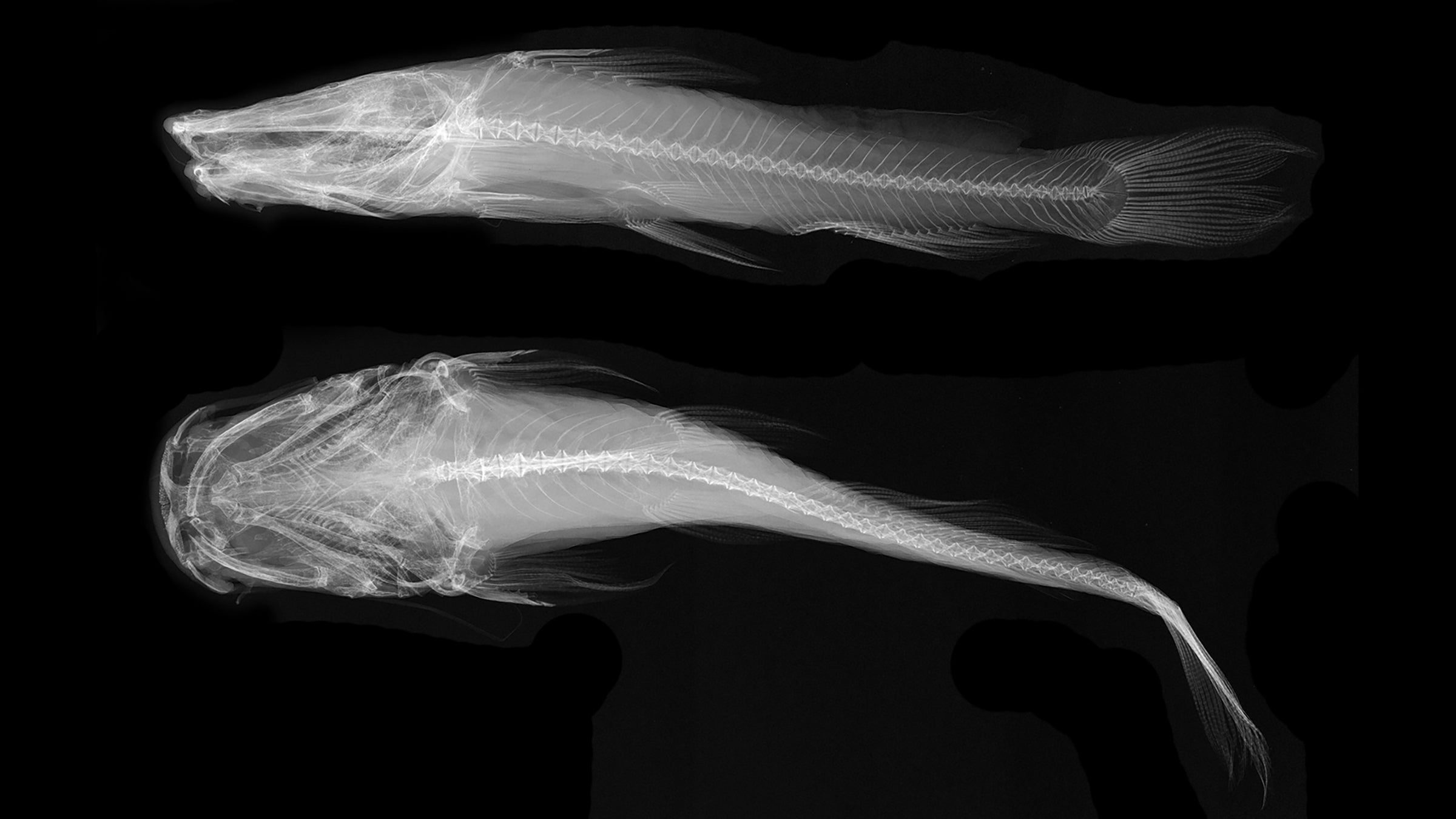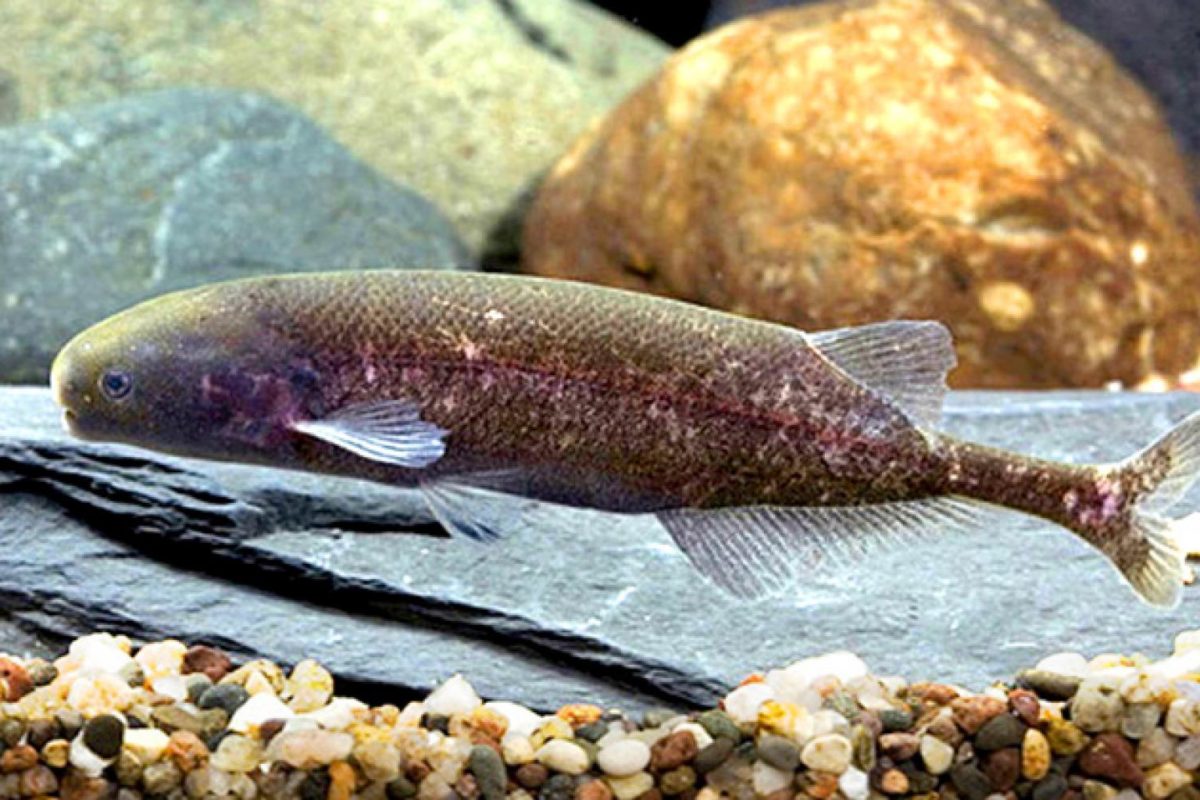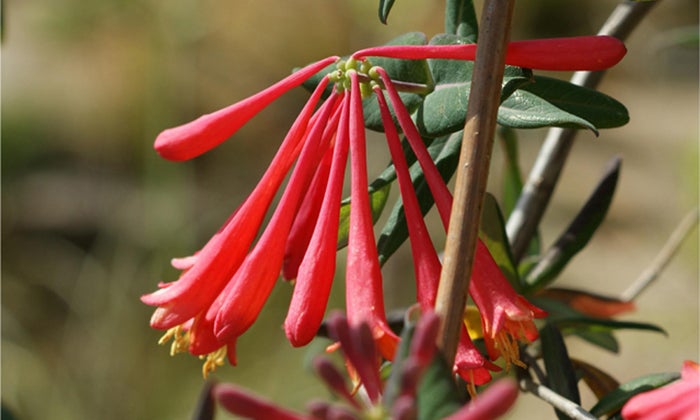News: Integrative Biology
Read the latest news from the College of Natural Sciences at The University of Texas at Austin
Of Fruit Flies, Nobel Prizes and Genetic Discoveries that Change the World
Last year, University of Texas at Austin alumnus Michael Young won the Nobel Prize in Physiology or Medicine for discovering the molecular mechanism behind circadian rhythms.

Common Weed Killer Linked to Bee Deaths
The world’s most widely used weed killer, Roundup, causes honey bees to lose some of their beneficial bacteria and are more susceptible to infection and...
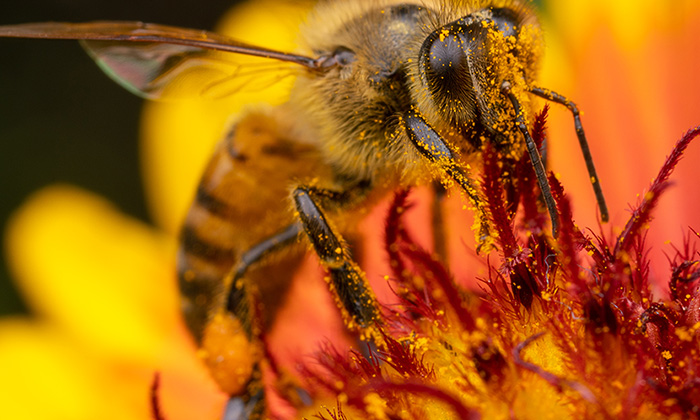
When Science Communication Doesn’t Get Through
Climate change, vaccinations, evolution. Scientists sometimes struggle to get their message across to non-scientists.

World-renowned UT Animal Behaviorist Weighs Role of Beauty in Evolution
Mike Ryan, professor of integrative biology, has a new book that explores the intersection of evolution and aesthetics.
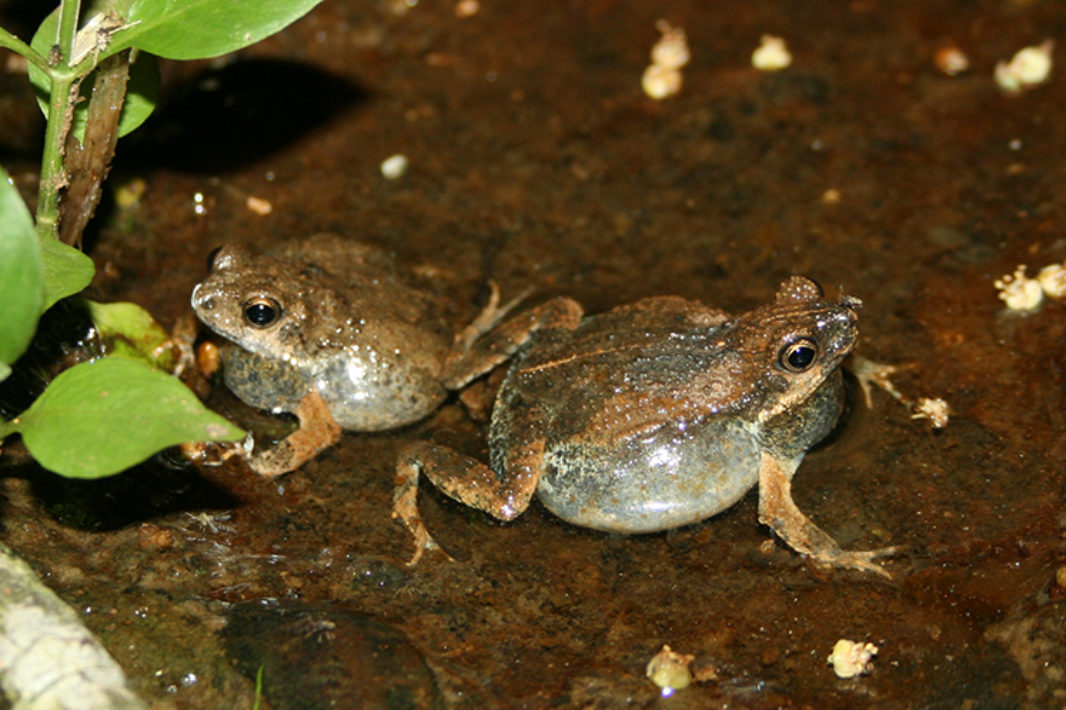
UT News
Study of Secret Sex Lives of Trees Finds Tiny Bees Play Big Part
When it comes to sex between plants, tiny bees the size of ladybugs play a critical role in promoting the genetic diversity that protects against...
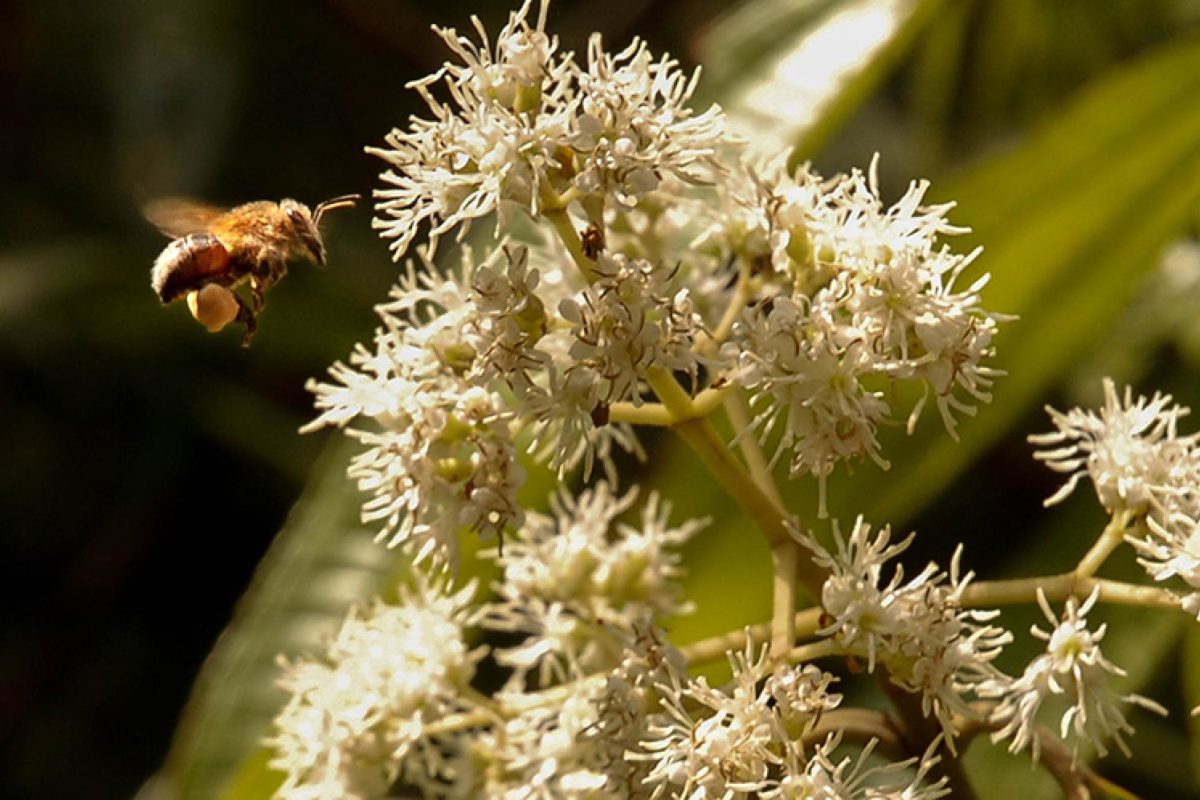
Scientists on the Trail of Central Texas’ Elusive Satan Fish
The fish are part of a project to monitor the overall ecological health of Central Texas aquifers and better understand how water flows through them.
